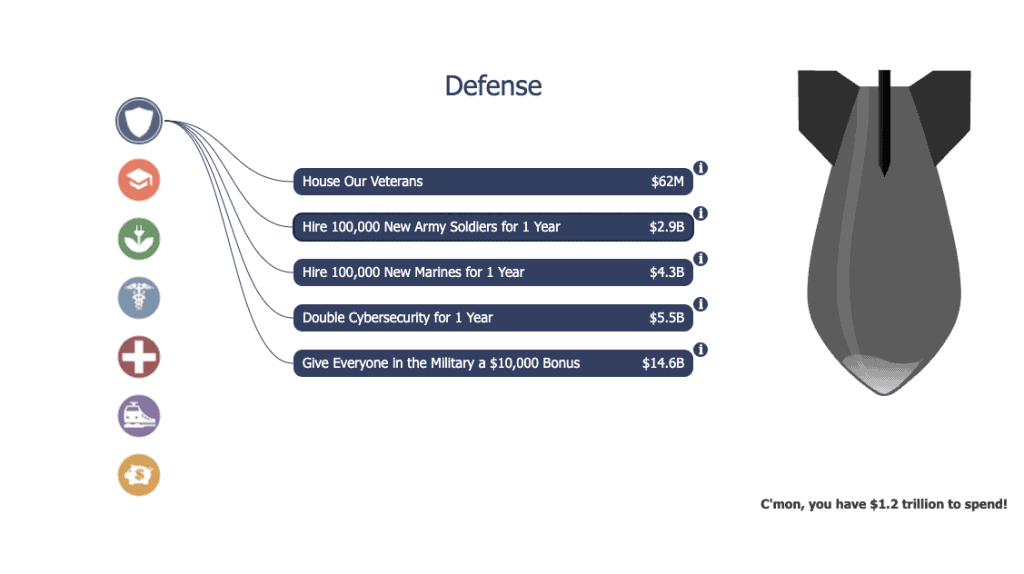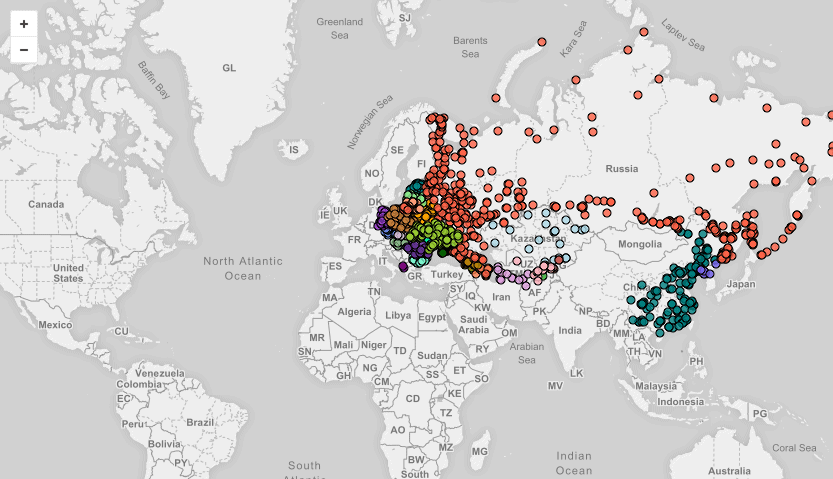Responsible Nuclear Divestment

Only 30 companies worldwide are involved in the creation of nuclear weapons, cluster munitions and/or landmines. Yet a significant number of popular funds invest in these companies. Happily there are still a large number of funds that are relatively unconnected with the creation of these inhumane and indiscriminate weapons, which means you can start investing in a beneficial future for all.
Are you investing in the world’s worst weapons?
Enter your funds below to find out:
Data on indirect investments come from the 2015 PAX/Profundo nuclear weapon report, and the 2014 PAX/Profundo cluster munition report.
| Cluster Munitions | Landmines | Nuclear Weapons |
Scroll below for responsible investment options.
Why Divest and From Which Companies?
Divestment helps stigmatize, which played a key role, for example, in ending Apartheid in South Africa. Divestment pressure persuaded Lockheed Martin to stop making Cluster Munitions and, in 2015, it persuaded one of only two remaining landmine producing companies, Singapore Technology and Engineering, to stop. And the companies below are the 30 companies still making cluster munitions, landmines, and nuclear weapons. Ready to stigmatize? (Hover over each logo to see what weapons the companies make.)
Responsible Investing
Now that you know what you’re invested in and which companies you want to avoid, how do you choose alternative funds? Remember above where we said there are lots of alternative options? Get ready to start scrolling! The list below includes all of the funds that have absolutely no connection to weapons-producing companies, and further down are funds that aren’t directly invested in the weapons-producing companies you care about, but they still have indirect investments. Click on any of the funds to visit their websites, or just pass this list on to your financial advisor or planner for their help narrowing down where you want to put your money.
About the Future of Life Institute
The Future of Life Institute (FLI) is a global think tank with a team of 20+ full-time staff operating across the US and Europe. FLI has been working to steer the development of transformative technologies towards benefitting life and away from extreme large-scale risks since its founding in 2014. Find out more about our mission or explore our work.
Related content
Other posts about App

AI Value Alignment Research Landscape

Trillion Dollar Nukes

